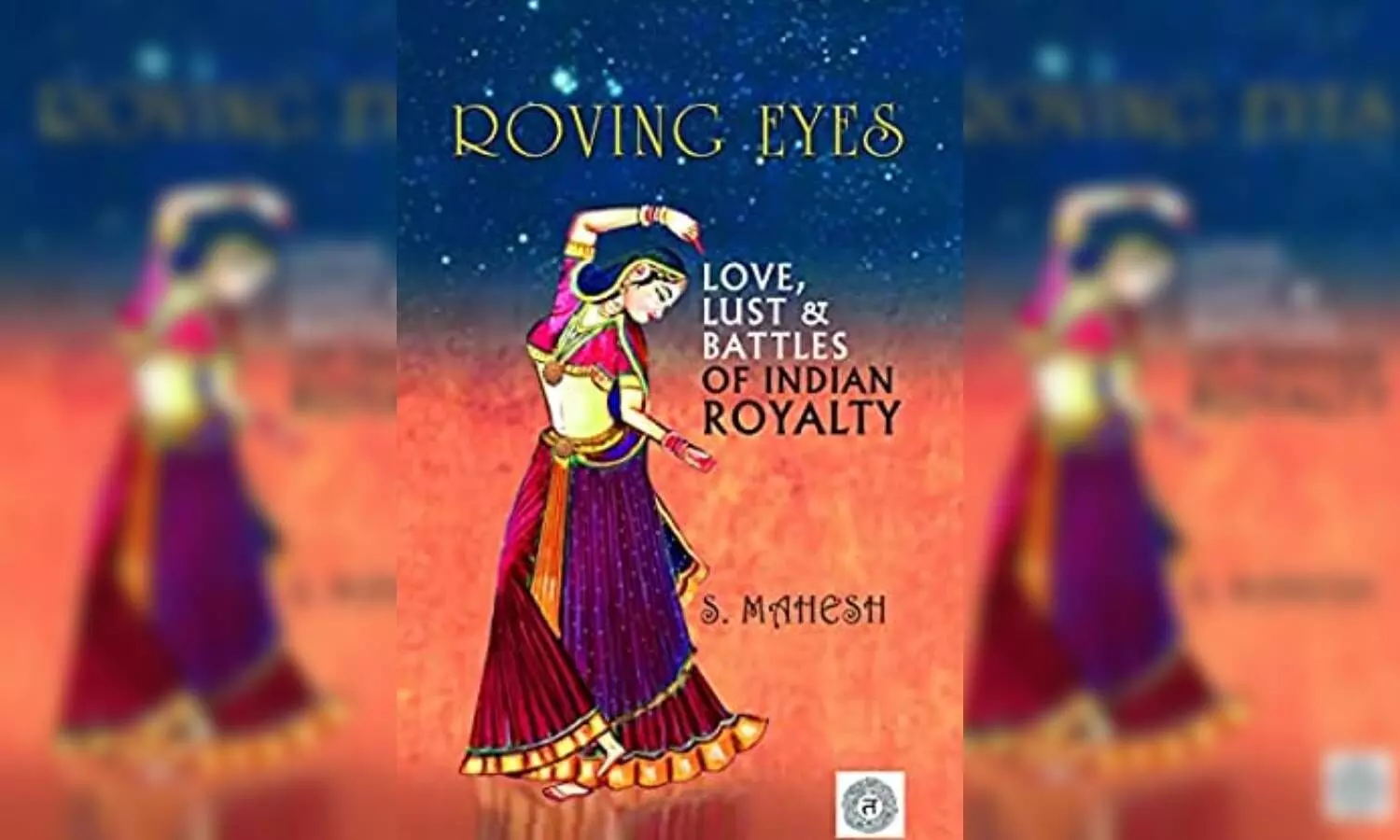Roving Eyes book review: All is fair in love and war
The story of Prithiviraj and Sanyogita is a high-octane drama. From the belief of reincarnation to ‘Swayamvars’ to ‘Gandharva Vivah’ to all the pitched battles, reading this story is like watching a blockbuster Bollywood masala movie on a big screen. This story reveals how matters of the heart can alter the course of history.
By Newsmeter Network
Hyderabad: Reading the book 'Roving Eyes - Love, Lust and Battles of Indian Royalty' by the first-time author S. Mahesh is like binge-watching 'Modern Love' series. Albeit, this one is set thousands of years ago and seems to be more interesting and dramatic than the new OTT series.
Not only does it offer nuggets of history but also gives a sneak peek into the lives of men and women who lived in those times. The short stories transport readers to the magical era of kings, queens and their vast kingdoms that were replete with riches. While the universal emotion of love (and at times lust) drives these stories, they also tell poignant tales of valour, trust, loyalty and friendship. Also, what is interesting is that the author has managed to assemble these tales from diverse geographical locations across the country making it relatable for anyone who reads it.
One of my favourite stories from the book is that of Amrapali and Bimbisara as it is a layered one and has a deeper philosophical undertone. It depicts how hapless men and women can be in the face of fate and at the end, one might question the very purpose of one's life and all the decisions one has made.
The story of Prithiviraj and Sanyogita is a high-octane drama. From the belief of reincarnation to 'Swayamvars' to 'Gandharva Vivah' to all the pitched battles, reading this story is like watching a blockbuster Bollywood masala movie on a big screen. This story reveals how matters of the heart can alter the course of history.
The story of Vasavadatta and Udayana has interesting twists and turns. From a king getting kidnapped by a wooden elephant to falling in love with an enemy's daughter, the story has all the 'rasas'. Similarly, in the tale of Helena and Chandragupta, love transcends all barriers and so does statecraft. In Pertal and Deva Raya's story, one can never make out if it is 'love for politics' or 'politics of love'.
It is not just the kings, queens and their noblemen who drive the narratives; even nature plays an important part. These stories bring to life the beautiful and majestic mountains, rivers and forests of the Indian subcontinent such as the Ganga, Jhelum, Tungabhadra and Vindhyas that protected the kingdoms and helped them thrive.
After reading the book, I am still not sure if love is possible at the first sight as it happened in many instances in these stories, but one thing I am sure of – all is fair in love and war.
This review has been written by Swati Rathor